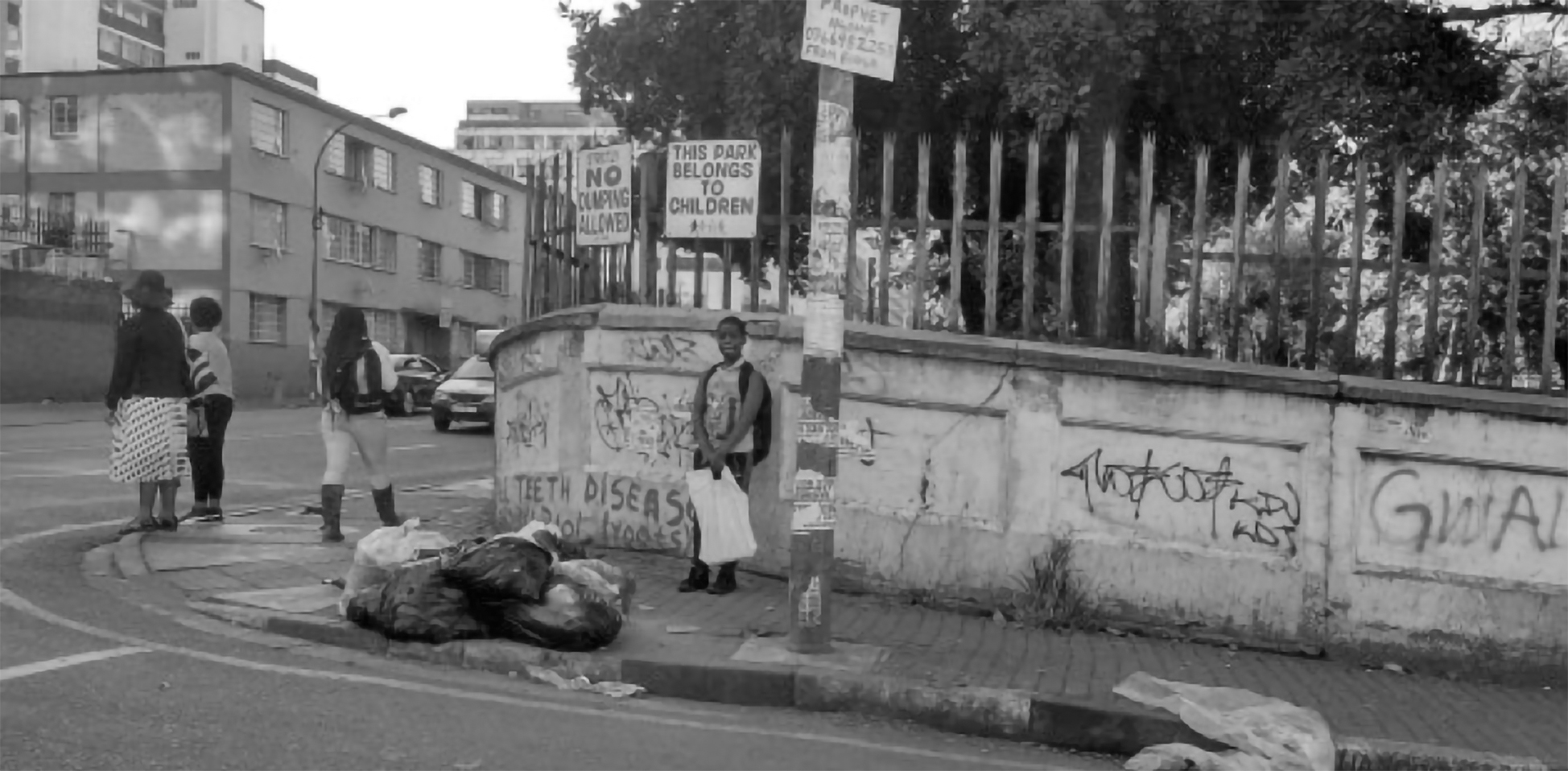David Monda
 I had the opportunity to do a three-month research project in Johannesburg that ended in late August, 2019. It centered on the impact of xenophobia on African migrants looking to set up businesses in the city. I was based in Hillbrow, considered a dangerous part of Johannesburg. A no go zone. However, what it lacks in safety, it returns tenfold in African migrant experiences. Experiences that reveal a cacophony of tears, trepidation and sorrow. Of dreams turned into nightmares, of years of waiting for refugee papers that never get processed. Of the horror of having to face xenophobic attacks from other black Africans taking their anger and frustration over a weak economy and high unemployment rates on the African migrants. Many of these migrants originate from Nigeria, Zimbabwe, Mozambique, the Democratic Republic of the Congo (DRC), Ethiopia, Somalia and Kenya.
I had the opportunity to do a three-month research project in Johannesburg that ended in late August, 2019. It centered on the impact of xenophobia on African migrants looking to set up businesses in the city. I was based in Hillbrow, considered a dangerous part of Johannesburg. A no go zone. However, what it lacks in safety, it returns tenfold in African migrant experiences. Experiences that reveal a cacophony of tears, trepidation and sorrow. Of dreams turned into nightmares, of years of waiting for refugee papers that never get processed. Of the horror of having to face xenophobic attacks from other black Africans taking their anger and frustration over a weak economy and high unemployment rates on the African migrants. Many of these migrants originate from Nigeria, Zimbabwe, Mozambique, the Democratic Republic of the Congo (DRC), Ethiopia, Somalia and Kenya.
Hillbrow is a part of Johannesburg that is close to the Central Business District (CBD). It affords workers easy access to jobs in hospitality, retail and hawking on the streets of Johannesburg. Hillbrow is ravaged by violence, desperation, and homelessness. It hosts a constellation of undocumented immigrants from a plethora of African nations. It is an attractive haven for recent African migrants because rents in this area are cheaper than in the rest of the city. Many of the buildings are in a dilapidated condition. Therefore, renters will pay cheap rent to mobsters who have taken over the role of landlords. This is because the original white landlords from the late 1980’s and 1990’s have been scared away or gave up on threatening residents for rent.
However, Hillbrow was also one of the epicenters of the xenophobic violence that crippled Johannesburg for almost two weeks in September of 2019. Over the period of my stay in Hillbrow, it also became clearer to me that the issues of hunger and homelessness were intertwined with the hateful narrative of xenophobic violence.
For the majority of Johannesburg’s poor, the reality of a day in Johannesburg is a walk around the streets of Hillbrow intoxicated, high on drugs and consumed by a spirit of helplessness due to the tragic conditions in which they find themselves. Many of these same homeless and hungry people are involved directly in the looting and violence against African migrants. They steal food, drinks and anything else they can get their hands on in a desperate effort to take advantage of a few minutes of madness to temporarily placate the ravages of hunger and homelessness that have become the epitome of their lives in Hillbrow. In the words of the English thinker Thomas Hobbes, life for these hungry and homeless has become nasty, brutish and short.
The question on my mind is where is the government? How can black South Africans brutally attack and destroy the property of African migrants with fickle responses from the state? Especially when we talk about the most powerful state in Africa. I have concluded that the South African government is unable or unwilling to call this targeted anti-immigrant violence what it is, xenophobia.
President Ramaphosa has hidden behind clichés of sporadic violence and low-level criminality. The reason being a fear of alienating the exasperated mass of black South Africans angry and frustrated at their government for not doing anything to improve their own lives, after over a quarter century since the end of apartheid. In addition to this, blaming the African migrants for the ills that bedevil the South African economy gets the government off the hook for massive corruption and poor economic planning. These twin challenges have made it impossible for the government to create the volume of jobs needed for the expanding plethora of young South Africans coming into the job market each year.
What is the solution to the problem of xenophobia in South Africa? It should start with the admission from the government that the problem exists. In addition to this, rather than President Ramaphosa sending envoys to African capitals to apologize for the symptoms of a problem, he should confront the challenge head on. By instituting a regional initiative through the Southern African Development Community (SADAC) to construct a multi nation system to document the thousands of migrants seeping through South Africa’s borders each day. Lastly, South Africans need to have a national dialogue about what it means to have immigrants in their midst and what part of this falls outside the country’s earlier vision of being a Rainbow Nation. South African cannot continue to preach the gospel of African Renaissance and drink the wine of xenophobic hate. A luta continua!
Comments by Zammataro